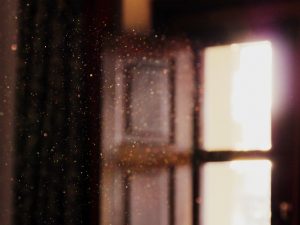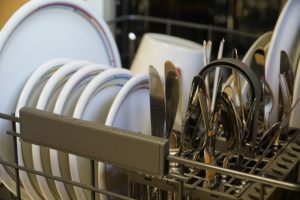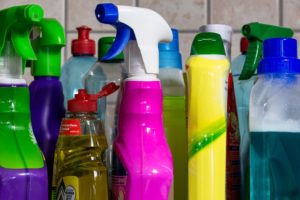How to Disinfect a Surface
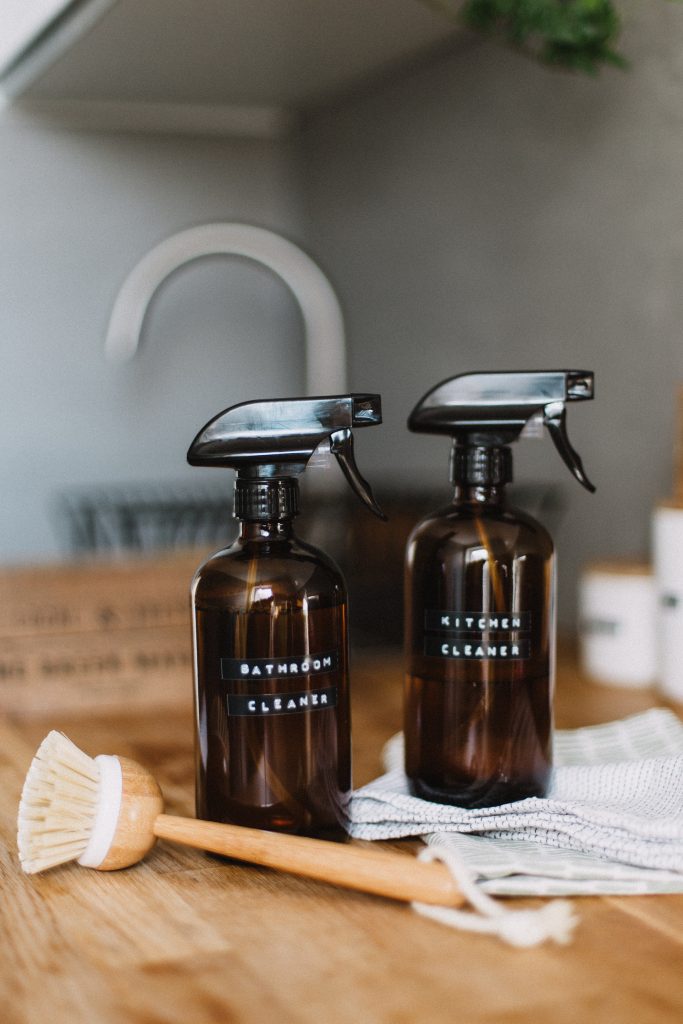
Working as a doctor, it’s important to know how to disinfect countertops and patient care areas appropriately. And nowadays, more than ever, it’s worth knowing how to properly disinfect surfaces in and around your home. Over the course of my career, I have seen numerous mistakes and misunderstandings on how to disinfect a surface properly.
It’s also important to understand that disinfection is not sterilization, disinfectants kill the vast majority of pathogens, but bacterial and fungal spores can survive and will still be present. The most common chemicals used as disinfectants are bleach, ethanol, isopropyl alcohol, and hydrogen peroxide. Included in the information below are the exposure times needed to be effective against coronavirus.
Bleach (sodium hypochlorite) 5-6%
Dilute ⅓ cup bleach to a gallon of water (dilution ratio of 1 part bleach to 50 parts water) and use within 24 hours. The surface needs to stay wet with the solution for 60 seconds to work as a disinfectant for coronavirus (Kampf 2020). Do not use color-safe bleach, and don’t store diluted solutions as they will lose their effectiveness fairly rapidly. If your bleach is old, it’s also best to replace it, as it can lose potency over time as well.
Ethanol and/or Isopropyl Alcohol 70%
Both ethanol and isopropyl alcohol are typically available in large plastic containers from the drug store. They should be 70% alcohol to have strong disinfectant properties. The surface should stay wet for at least 30 seconds to work as a disinfectant for coronavirus (Fathizadeh 2020). Surprisingly, 70% solutions work better than higher percentages as disinfectants, so there’s generally no need to purchase solutions that have higher percentages of alcohol (Boyce 2018).
Hydrogen peroxide 3-6%
Hydrogen peroxide is also readily available at drug stores in the first aid aisle. The standard brown bottles are 3%. Higher percentages work better for disinfecting bacteria, but also become more irritating to the skin. A low dilution of just 0.5% hydrogen peroxide was able to eliminate coronavirus if the surface stays wet for one minute (Kampf 2020). A 3% solution likely works faster, but since I couldn’t find specific data, I’d still just use the one minute of wetting time.
Spray Bottles
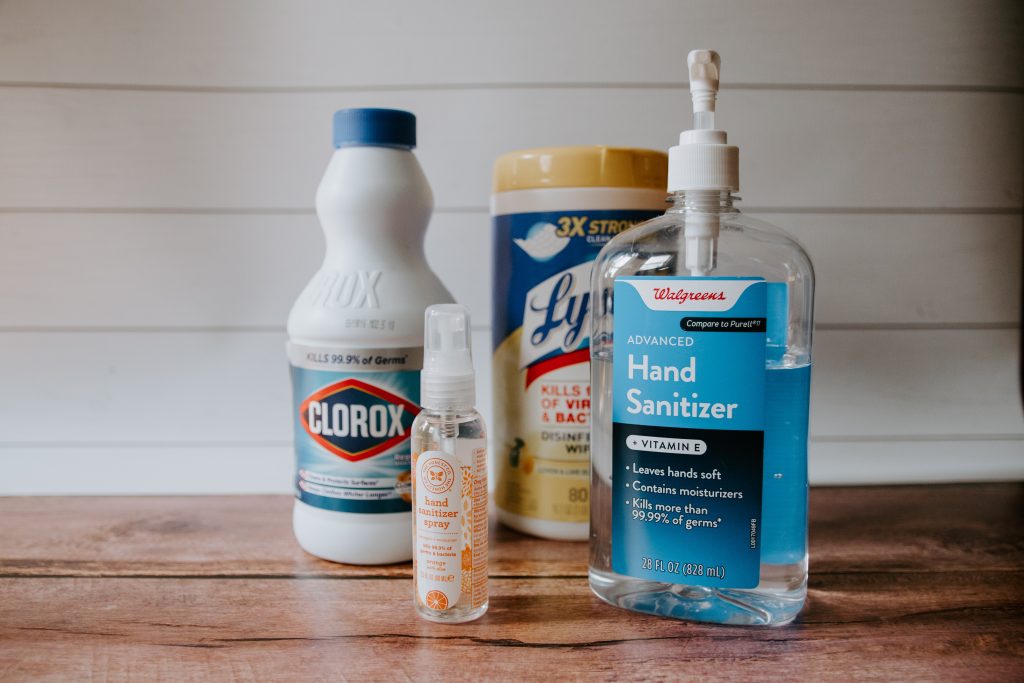
If you use a clean spray bottle, alcohol and hydrogen peroxide solutions can be stored in a properly labelled spray bottle for quick and easy use on countertops and other surfaces. When storing hydrogen peroxide, light can cause degradation, so a dark plastic spray bottle is best to maintain potency. While you can use a dilute bleach solution in a spray bottle, I wouldn’t recommend it, since bleach can be more irritating to the lungs and you can’t store diluted bleach solutions for long without them losing efficacy.
For any of the above disinfectants, it’s always wise to test a surface to make sure it’s compatible with the chemical disinfectant. Alcohol is well known to damage rubber over the long term. Bleach can obviously damage the colors of some surfaces if it’s not compatible.
Do not mix disinfectants with other chemicals. Lethal results are possible and have occurred. It’s also best to minimize your own exposure to disinfectants through inhalation or skin contact. Wear gloves when disinfecting and try to have adequate ventilation.
Conclusion
Disinfecting surfaces is pretty straightforward once you know how. The longer the surface stays wet, the stronger the disinfection activity. All of the above disinfectants should be readily available and when used properly, are generally safe for home use.

